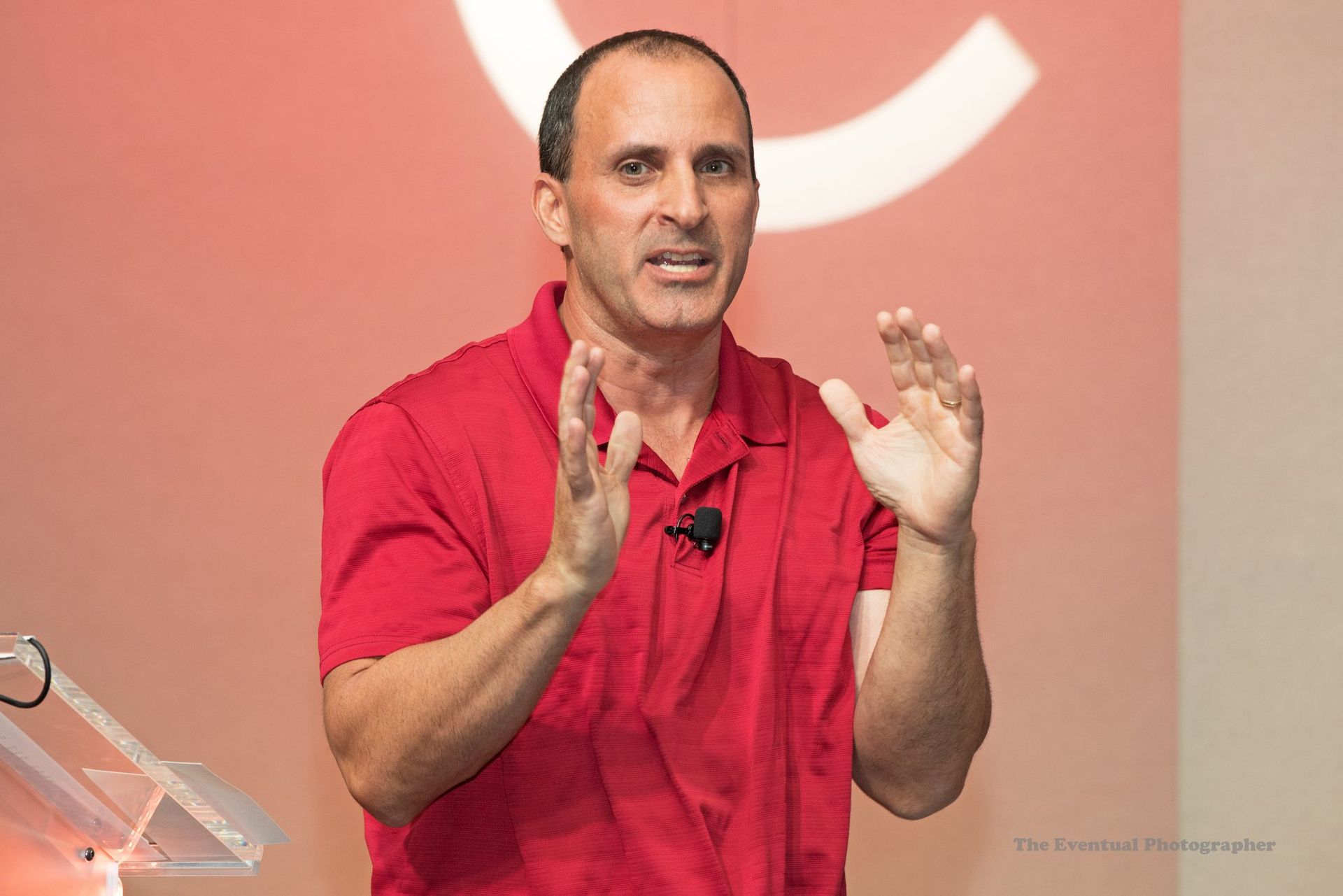IBM is suffering through it. Apple suffered through it. Newspapers are suffering through it. When it's time for your business to pursue a digital transformation -- your chances for success are greatly diminished if you don't address this single issue: A staff war between the "haves" and "the have nots."
Let me give you a prime example. While working with a major IT media company in the early 2000s, I saw the "haves" and "have not" wars up close and personally.
- The Haves: Digital media pros who were creating new businesses and products, and driving new revenue opportunities.
- The Have Nots: Print media employees who suffered through round after round of layoffs.
IBM is likely going through a similar experience right now.
- The Haves: Cloud, big data, mobile and security groups that are driving new revenue opportunities.
- The Have Nots: Traditional sales and IT experts who push traditional software and hardware solutions.
Instead of correcting itself, the "Haves vs. Have Not" scenario often becomes unwieldy.
- The "haves" seem to gain more and more -- raises, promotions, headcount, new product opportunities, etc. Some of this truly is based on talent -- these people are driving the future of the business with new innovations. But some of this is also based on luck -- some team members simply are in the right place, at the right time.
- The "haves nots" seem to enjoy less and less -- less budget, lower headcount, less time with executive management... fewer career options.
- You've essentially become two companies -- separated by a wall of resentment.
"WHAT DO 'THEY' HAVE TO COMPLAIN ABOUT?"
Now here's the biggest irony most people overlook. The resentment resides on both sides of the wall:
- The "have nots" resent the "haves," believing that the "haves" enjoy a sense of entitlement across the company. But the "have nots" often have no idea how difficult it is for the "haves" to build and expand new products from scratch.
- The "haves" resent the "have nots," because the "haves" are asked to deliver more and more revenue to offset the struggling "have not" business units. All the while, the "haves" never realize how difficult it is for the "have nots" to maintain shrinking businesses with fewer and fewer resources.
THE FLAWED SOLUTION
Faced with this painful reality, most companies start firing the have-nots, and hiring "from outside the company" to find "new talent" with "the right skill set" for "emerging market opportunities." That's the scenario right now within portions of IBM.
But how much does it cost to fire all of those have nots? And how much does it cost to find all of that "new" talent?
A WISER PATH?
Once you do the math, would it be wiser to:
- Keep training your existing employee base to have new career skills...
- Find a way to "reward" the "have nots" for maintaining their shrinking businesses while brainstorming new launches? Over time, you're essentially eliminating or at least minimizing the have-nots -- by shifting those folks onto new opportunities internally.
- Find a way to cross pollinate your existing employees with new talent?
REALITY CHECK
Hey, I'm a realist. I realize I'm living in fantasy land if I expect all "existing" employees to become innovators and to buy into a new company direction -- which may be dramatically different from the company of yesteryear.
But here's the thing: Very often, executive leadership doesn't take the time to ask employees how they want to evolve to assist the new corporate direction.
Take the time to ask. Proactively train your employees. Minimize the "have" vs. "have not" void --before it becomes a major rift in your organization. And find a way to reward all of your employees as the company begins to turn the corner.




